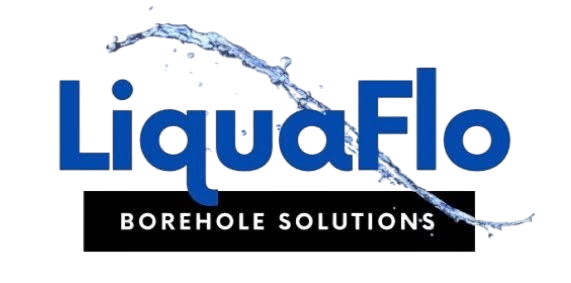A Guide to Depth, Water Quality & Cost
If you’ve been thinking about drilling a borehole, one of the first questions that probably popped into your head was: “How deep does it need to be?” It’s a fair question — and the answer depends on a few key factors like your location, how much water you need, and what you're using the water for.
At LiquaFlo Borehole Solutions, based in the southern region of Johannesburg, we help residential, commercial, and agricultural clients find the perfect water solution for their property — including figuring out just how deep that borehole should go.
Let’s dive into what you need to know about borehole depth, water quality, and how it all impacts your costs.
What Determines Borehole Depth?
 borehole drilling">
borehole drilling">
In South Africa, boreholes typically range between 30 to 100+ metres deep, but it really depends on what’s under your feet.
Key factors include:
- Geology of your area: Areas with hard rock or granite typically require deeper drilling.
- Water table level: This is the underground level where water naturally collects. In some areas, the water table is shallow (20–40m), while in others it can drop as deep as 100m or more.
- Water usage needs: A small household might be fine with a 40m borehole, but a farm or business will need a deeper borehole to ensure sufficient supply.
💡 Tip: A professional hydrogeological survey can give a solid estimate before drilling begins. We offer geo-surveying services to help you avoid the guesswork.
How Borehole Depth Affects Water Quality

Believe it or not, deeper isn’t always better. While deeper boreholes often yield more water, they may also tap into different underground layers, some of which might contain minerals or impurities.
- Shallow boreholes (under 40m) can sometimes draw in surface runoff, increasing the risk of contamination.
- Medium to deep boreholes (50m–100m+) generally provide cleaner, more stable water but might contain higher mineral content, depending on the geology.
💧 This is where our purification systems come in — we design custom solutions to make sure your borehole water is safe for drinking, cooking, and bathing.
What About Cost?

Drilling deeper = higher cost. That’s a basic rule of thumb. But there’s more to it.
Here’s a quick breakdown of what influences the price:
- Depth of drilling: Typically charged per metre.
- Type of terrain: Rocky areas take longer to drill through.
- Equipment & labour: Professional crews, like the ones we subcontract who follow SABS SANS 10299-:2003 standards, use specialized machinery.
- Pump selection: A deeper borehole needs a stronger, often pricier, pump to lift water efficiently.
🔧 Don’t worry — LiquaFlo helps you plan every part of your borehole installation, from drilling to pumps to purification, all tailored to your budget and needs.
So... What’s the Minimum Depth?

If you’re in Johannesburg or nearby Gauteng regions, a safe minimum depth is around 40–60m, especially if you want water that’s clean enough for household use. For agricultural or industrial use, you might need to go deeper to secure a more consistent supply.
Final Thoughts
A borehole is an investment — and getting the depth right is key to making it worthwhile. Whether you're just looking for off-grid backup water or want to go fully independent from municipal supply, understanding the relationship between depth, quality, and cost will help you make informed decisions.
At LiquaFlo Borehole Solutions, we don’t just drill and dash — we walk you through the entire process, ensuring your borehole system is sustainable, efficient, and built to last.



